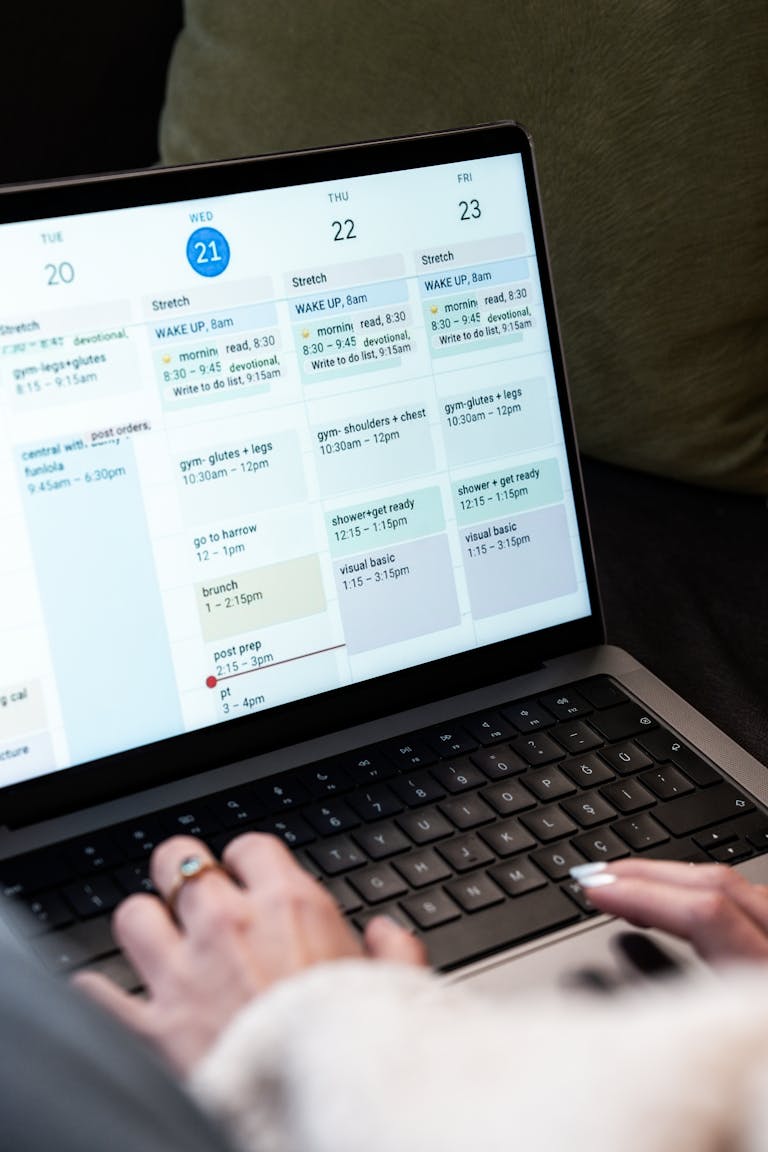Ever feel like your big goals are just too far away? You’re not alone.
Ambitious goals are exciting, but they can also feel overwhelming—especially when the path isn’t clear. That’s where micro-goals come in: the small, laser-focused tasks that keep you moving forward without the burnout.

What Are Micro-Goals?
Micro-goals are bite-sized objectives that break down a larger goal into immediately achievable actions. Unlike regular goals that focus on long-term outcomes, micro-goals focus on progress, not perfection.
Why Micro-Goals Work So Well
- They Reduce Overwhelm
You stop staring at the mountain and start climbing one rock at a time. - They Build Momentum
Every small win gives you a confidence boost, creating a chain reaction of progress. - They’re Adaptable
If something isn’t working, you can quickly pivot without derailing the entire plan. - They Train Your Brain
The brain thrives on feedback. Micro-goals reward you with constant, tangible feedback and dopamine hits.
How to Set Micro-Goals That Actually Work
- Start with the end goal: What’s your ultimate destination?
- Break it into phases: Create checkpoints between now and your goal.
- Define micro-actions: What can you do today in 15 minutes to move forward?
- Celebrate small wins: Don’t wait until the finish line to reward yourself.
Real-Life Example: Writing a Book
- Big Goal: Finish writing a 200-page book
- Micro-Goals:
- Day 1: Write 150 words
- Day 2: Outline Chapter 1
- Day 3: Write 1 paragraph
- Day 10: Celebrate 1,000 words written!
These micro-milestones keep the process engaging and doable—day after day.
Micro-Goal Hacks
- Use a habit tracker or sticky notes
- Attach a reward to every 3–5 wins
- Stack with existing routines (e.g., write one sentence before breakfast)
Q: Aren’t micro-goals too small to matter?
A: Not at all. They’re designed to build momentum. Tiny steps become powerful when taken consistently.
Q: How many micro-goals should I set each day?
A: Start with 1–3. The goal is progress, not overload.
What’s one big goal you’ve been putting off? Break it down into micro-goals today—and start winning by tomorrow.

I’m EKBAL HOSSAIN MONDAL, the creator of SmartSolveTips.com — a blog dedicated to helping people improve productivity, avoid digital burnout, and live better online. With years of hands-on experience in self-development and digital wellness, I write practical tips and tools to help you stay focused and thrive in a fast-paced digital world.






